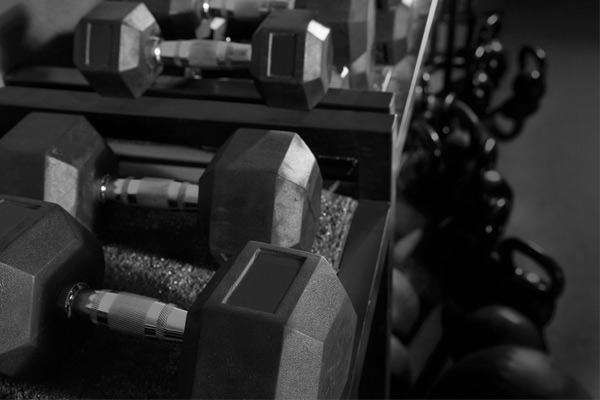One way athletes define their boundaries is the point at which they reach failure in a set. This occurs during the lifting phase of a repetition when the muscles cannot produce sufficient force to continue to move the weight, but is training to failure optimal? Here are the pros, the cons and all the evidence.
We’re going to show you how to optimize failure training and we’ll also be discussing a new technique called cluster set training, which is the exact mirror image of failure training.
Training to failure: the cons
The first thing I want you to realize is that while failure may be a powerful tool in a bodybuilder’s training regime, it does come with a cost when used too frequently.
For example, many bodybuilders take every single set they perform to absolute failure, but this may hinder long-term growth. In a 2006 study, a Dr Mikel Izquierdo found that training to failure every set drastically increased resting levels of the catabolic hormone cortisol and suppressed anabolic growth factors such as insulin-like growth factor 1 (IGF-1).
While in other research conducted in 2012, Dr EM Gorostiaga found that failure training ramped up adenosine monophosphate (AMP) levels drastically compared to non failure. AMP is a sign the cell is drained of energy, and when this occurs muscle building is decreased.
The take-home message is that athletes need to be aware that this tool is exactly that – a tool to be used when the time is right. Training to failure is taxing and should be scheduled properly into any given training program.

How to optimize training to failure
Even though there are drawbacks to failure training, there are several benefits as well. In fact, failure training can be quite anabolic.
According to Dr Brad Schoenfeld, a world authority on muscle growth, greater increases in lactic acid within the muscle is critical for growth because it triggers increases in intramuscular growth factors. These increases in lactic acid are higher than in non-failure training.
The second benefit to failure training is that nearer the end of a set, all of your smaller muscle fibers have become fatigued, and your nervous system is forced to use your body’s larger fast-twitch muscle fibers. These fast-twitch muscle fibers have a greater potential for growth.
There is one problem – once you have taxed the nervous system on a set to failure you develop ‘central fatigue.’ When your nervous system is fatigued, all following sets will be performed at a much lower capacity. For example, if on your first set you achieved ten reps to complete failure, you might only be able to manage six on the second set.
However, if you stopped at nine reps on set one, you’ll more than likely be able to push out eight or nine on set two. This is because you have less central fatigue. For this reason, it’s recommended to take training to failure on the last set of a given exercise. Remember that overall volume is a massive driver of muscle growth and if you start with failure from your very first set, you won’t achieve as much volume. (10 plus 6 is less than 9 plus 9)
Are there any alternatives to failure training?
Forced reps occur when an individual reaches failure and they are assisted by their training partner to continue the set.
The benefits gained with forced reps are similar to failure training, but to a greater extent. You’ll achieve greater metabolic stress and muscle fiber recruitment with forced reps.
However, forced reps and even drop sets cause far more central fatigue than do normal failure training. Therefore, I suggest you use this as a finisher on days centered around muscle growth, rather than using it as a staple in your workout routine.
I also recommend that you plan an adequate amount of rest following beyond-failure-training. This means proper nutrition, proper sleep and a day off to recover.

Cluster sets / Set difficulty
Many studies have recently been conducted, which have attempted to look at the pros and cons of short rest periods within a set or between repetitions – otherwise known as cluster set training (You’ll find an example of this type of workout on TRAIN here.)
Most individuals at some point in their training unconsciously ‘cluster’. For example, athletes will often stop at the top of a squat for a few seconds when it gets too painful before continuing the set.
A recent study looked into exactly what happens when you rest for a few seconds in the middle of a set of squats. Well-trained athletes were made to perform four sets of eight maximal repetitions in group one.
In group two, the athletes were made to rest at the mid-point of every set (a similar scenario in gyms across the world.) It was found that intra-set rest decreased fatigue drastically. While this may sound like a positive, it eliminated the body from recruiting the fast-twitch muscle fibers.
The take home message here is to analyze how you perform a given set. If you find yourself pausing when it becomes too painful, realize that you may be short-changing yourself of growth.
For more articles on training to failure, nutrition tips, interviews and workouts, get TRAIN magazine direct into your inbox every month for free by signing up to our newsletter







